|
Sound is the element in your home theater that gives your visual experience real presence; it's the aspect that can make you feel like you are really there. A good sound set up can be the difference between just watching Tom Hanks take off in "Apollo 13" and being able to imagine you're actually sitting next to him, hearing the shuttle engines ignite around you. Setting up your home with a quality audio system is what will take your big screen from basic TV to immersive home theater. So what would you need to create amazing theater audio in your home? 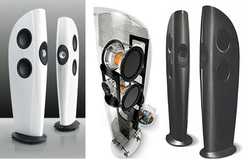
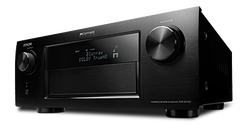

2 Comments
Black Friday is just around the corner, and we’re all about to be overwhelmed with too-good-to-be-true sounding deals on everything, particularly all those flat panel TVs. Before you gobble down your Thanksgiving pie so you can be in line by midnight for that 70” big screen, let’s take a look at the options, and BCG will help you navigate all the choices. #1 - Size it upBefore you hit the stores, consider your actual space. A 70” television might be enticing, but depending on how your room is set up and how close you’ll be seated, bigger is not always better. Start by assessing the space, the size of the room, the shape, and the arrangements. Then measure how far you’ll be seated from the screen. The further the distance, the bigger the screen your room can handle, and ideally, you probably want the biggest display your space can handle, without going overboard. Check out the measurements below to estimate the perfect size displays for your home: 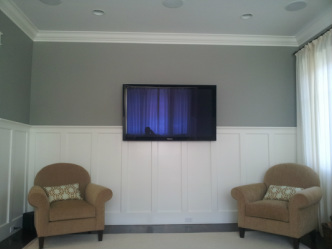
#2 - Screen TypeNow that you have an idea of maximum and minimum screen sizes that will work best; we can start to navigate the available HDTV display options. Understanding the differences between the types and considering your primary usage will help you to pick the perfect display.
#3 - AccessoriesSo you’ve made your choice of HDTV, excitedly get it home and suddenly realize you’re in need of a return trip to the store to be able to set it up and actually enjoy your new toy. Just as important as choosing the right actual television, you’ll want to make sure you have all the correct cables and accessories to set it up. 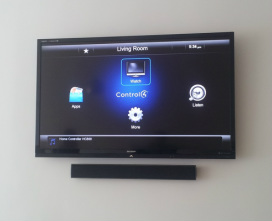
Now you’re ready to head out and find your new HDTV. By preparing with our top 3 tips for choosing an HDTV, you’ll be able to make the best choice for your space, eliminating any Black Friday buyer’s remorse, and making that discount deal all the sweeter.
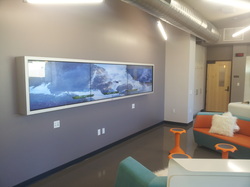 The Buckley School called on BCG Concepts to work with them in designing a "technology room" where students could relax and experience the latest and greatest technology at their finger tips. The room features a 146" CyberTouch touch screen video wall with 40 simultaneous touch points - this means 4 students with two hands each can be using the board at the same time (that's forty fingers in case you were counting :)) There are two additional 55" Samsung LED displays used for a gaming wall that have Xbox360 Kinect and Nintendo Wii. Students can play games side by side or online against each other using the two setups. The control, audio, and video distribution system is from Crestron Electronics. The entire space is controlled with the Apple iPad running Crestron Mobile Pro G. A 6x6 HDMI video switch from Crestron sends Blu-Ray, Mac Mini, PC, Laptop connections and more to any of the displays in the room in any combination. Four Klipsch speakers are installed in the ceiling using custom wood frames wrapped in acoustic fabric to match the ceiling fabric. |
AuthorThe Editorial We Home Theater, Audio Video and Automation Blog - Los Angeles
Archives
May 2023
Categories
All
|
|
Sales: 213-232-4702 x1
Support: 213-232-4702 x2 Toll Free: 800-224-5721 Sales@bcgconcepts.com Support@bcgconcepts.com 8101 Orion Ave Unit 1 Van Nuys, CA 91406 |
|
CONTACT/Support |
AREAS SERVED
|
Los Angeles
Brentwood Beverly Hills |
Encino
Tarzana Sherman Oaks |
Manhattan Beach
Redondo Beach Hermosa Beach |
Westwood
Downtown Studio City |
Pasadena
Pacific Palisades Malibu |
Playa Vista
Playa Del Rey Calabasas |
© COPYRIGHT 2020. ALL RIGHTS RESERVED.

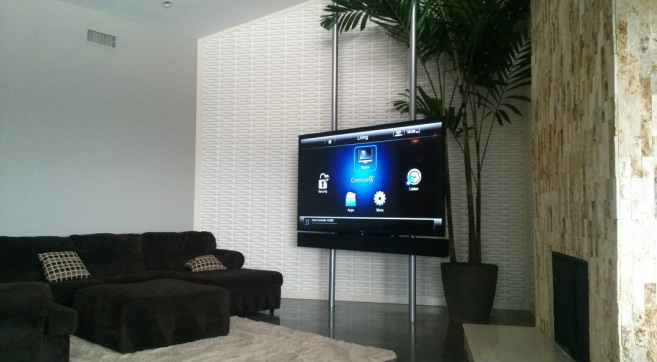
 RSS Feed
RSS Feed